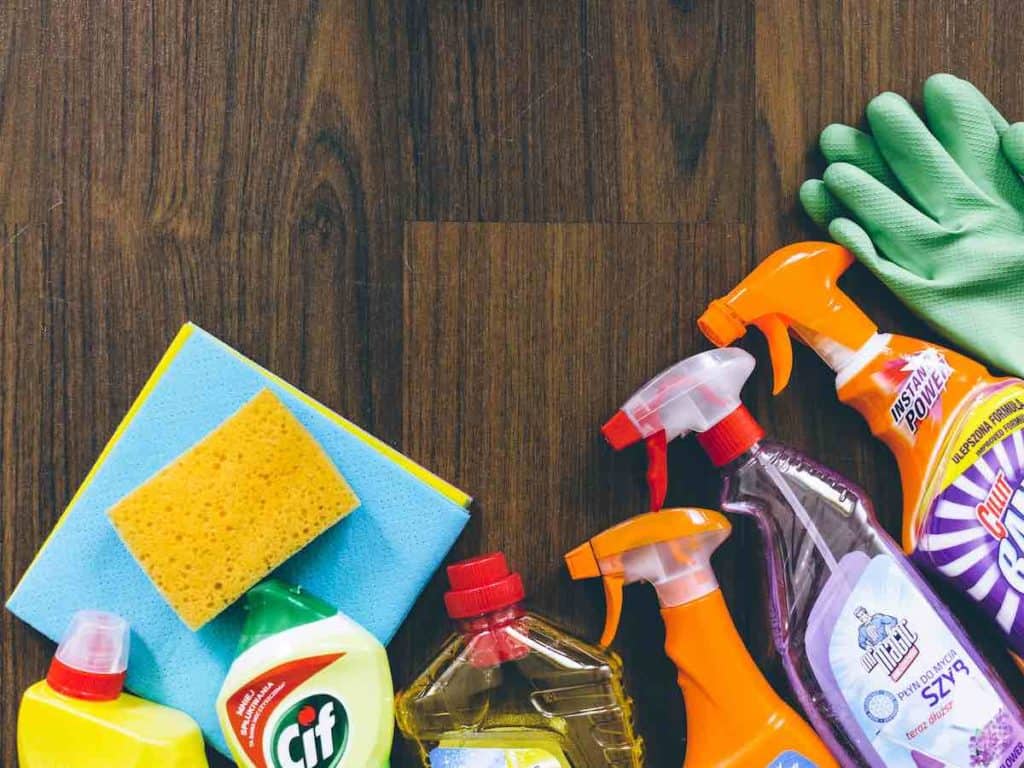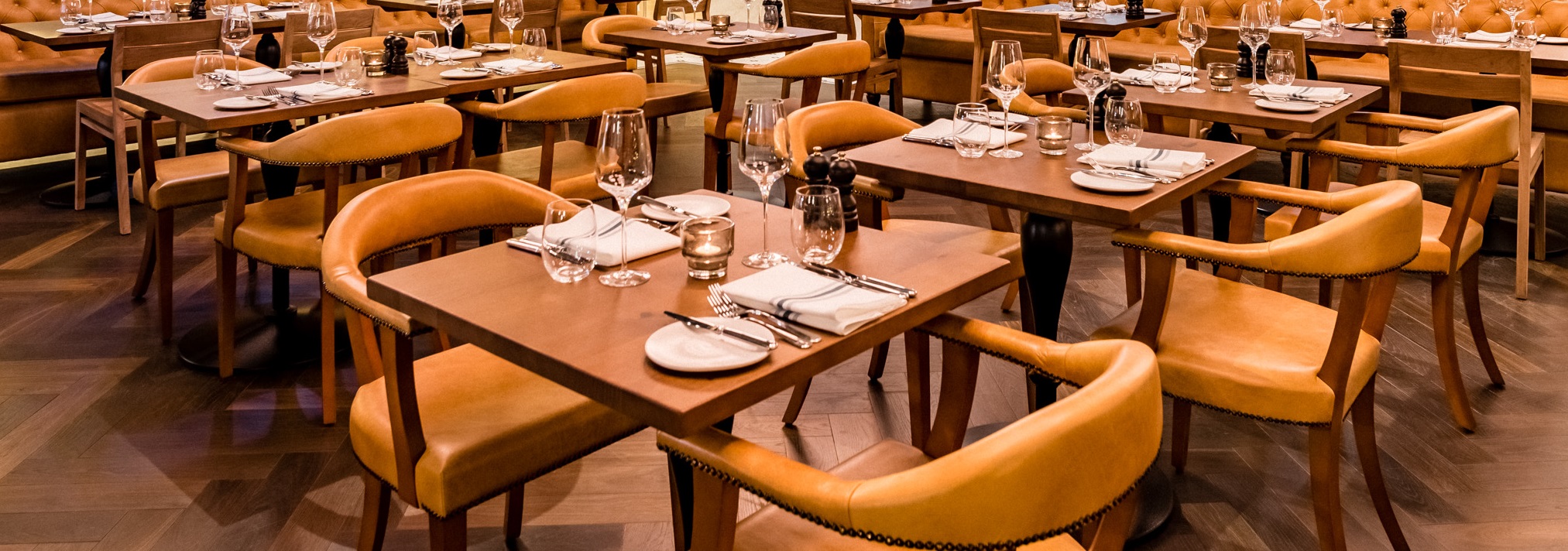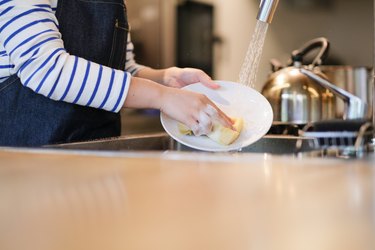Welcome to the intriguing world of restaurant sanitation! In this article, we delve deep into the controversial topic of whether restaurants rely on bleach for dishwashing. Let’s uncover the truth together!
Do Restaurants Use Bleach To Wash Dishes?

Yes, it is safe to use sodium hypochlorite bleach, such as Clorox, in various applications. In restaurants and similar settings, it is commonly added to the wash or rinse water for hand dishwashing. It can also be used as a treatment additive for drinking water in situations where there is a suspected microbial contamination.
In fact, in certain circumstances, it can even be consumed in small amounts. However, when cleaning dishes, once the water evaporates, it is unlikely that a significant amount of bleach will remain on them. Instead, the bleach will have released oxygen gas and left behind a minimal quantity of sodium chloride, which is essentially table salt.
Can bleach be used to sanitize dishes in a restaurant?
When used correctly, bleach can serve as an effective sanitizing solution. To achieve proper sanitization, it is recommended to mix a maximum of one tablespoon of bleach with one gallon of water. Items or surfaces should be soaked in this solution for approximately two minutes or alternatively, the solution can be applied to surfaces and allowed to air dry. This ensures the necessary contact time for effective sanitization.
Should bleach be used in restaurants?

Indeed, bleach is commonly utilized in the cleaning of restaurant and commercial kitchens, and there exist strict guidelines regarding the appropriate dilution of bleach and water for effective sanitation.
As per the recommendations of the Water Quality and Health Council, an independent and diverse group of scientific experts, health professionals, and consumer advocates, it is advised to sanitize food contact surfaces using a suitable bleach solution.
This solution can be prepared by diluting 1 tablespoon of regular bleach (typically around 6% strength and possessing an EPA registration number) with 1 gallon of water. After the cleaning and sanitization process, it is crucial to allow food contact surfaces to air dry, and they must remain wet for at least 2 minutes to ensure effective sanitation.
Is it OK to wash dishes with bleach and dish soap?
Nowadays, some individuals are opting to create their own cleaning solutions. However, a warning circulating on social media suggests that mixing bleach and Dawn dish soap is toxic and potentially lethal. The VERIFY team has investigated this claim.
The post states, “Do not add Clorox to dishwashing soap! My sinus and head hurt weird. Dawn has ammonia. Together with bleach, it is deadly.”
To examine this further, we consulted multiple sources, including Amitava Dasgupta, a professor of pathology at McGovern Medical School at UT Health in Houston, the Texas Poison Control Network, the CDC, Clorox, and Dawn.
Dr. Dasgupta confirmed that mixing bleach and ammonia can be harmful to one’s health. Inhalation of the vapors may cause nausea, vomiting, illness, and in severe cases, hospitalization.
The mixture creates a toxic gas called chloramine, which, when released into the air, can pose extreme danger.
The CDC explicitly warns against mixing household bleach with ammonia or any other cleanser.
Clorox advises against mixing bleach with other cleansers such as toilet bowl cleaners, rust removers, and acids like vinegar.
The Facebook post also erroneously claims that Dawn contains ammonia. Dawn clarified to the VERIFY team that none of their dishwashing liquids contain ammonia. However, it is still not advisable to mix dishwashing liquids with any cleaner, including bleach.
Dr. Dasgupta explains that most dishwashing liquids contain amines, which are organic forms of ammonia.
To VERIFY, it is confirmed that bleach and dish soap constitute a toxic combination. Exposure to this mixture, as indicated by the Texas Poison Control Network, can be fatal.
Dr. Dasgupta stresses that there is no added benefit to mixing these two cleansers. They were specifically formulated for distinct purposes, and combining them serves no practical advantage.
